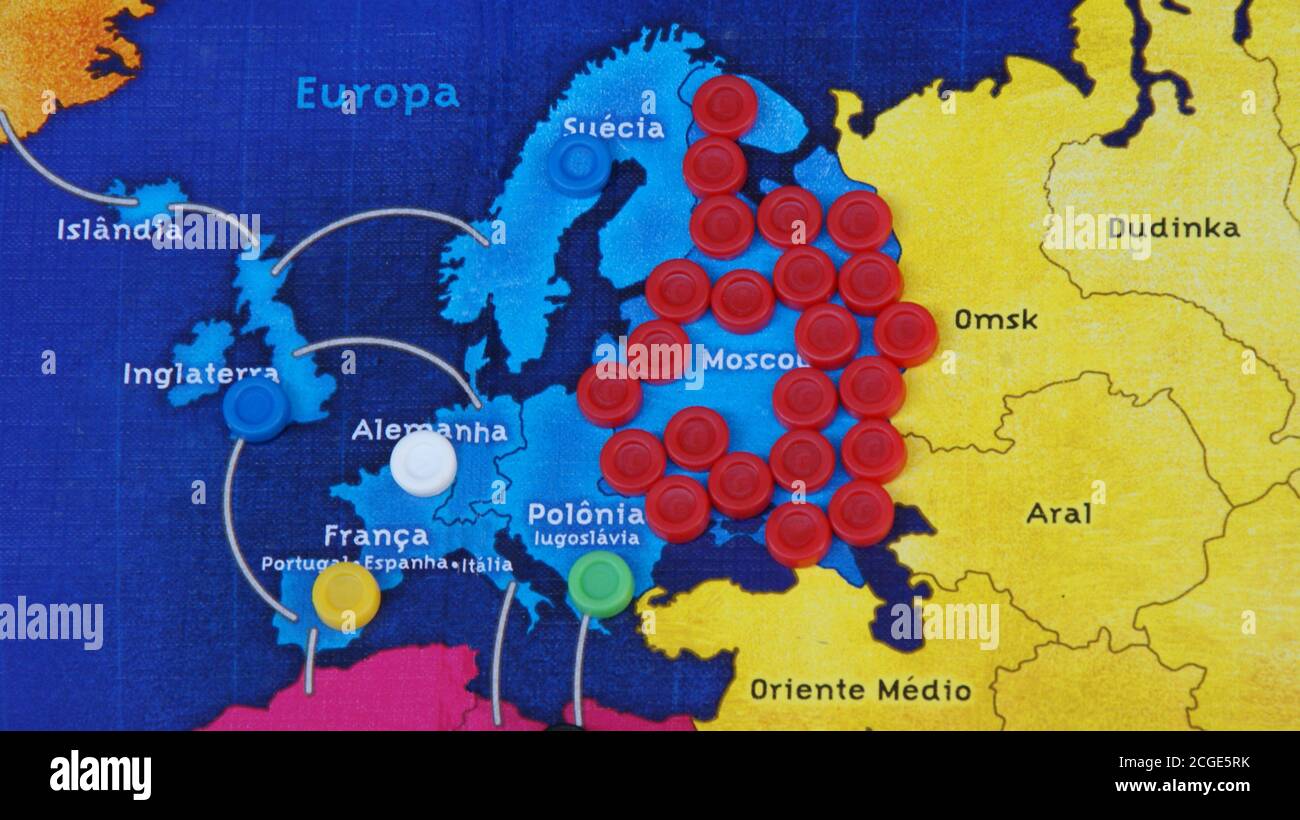The Middle East is no stranger to geopolitical tensions. As we enter 2024, it is crucial for the global community to acknowledge the potential for even greater turbulence in this region. The conflict in Gaza has sparked a wave of regional tensions, including escalating encounters in Lebanon, Yemen’s Houthi attacks, and heightened military face-offs between Iran and Pakistan. The situation is further complicated by increasing conflicts in Sudan, confrontations between Jordan’s air forces and drug smugglers in Syria, and mounting attacks on US forces in Iraq and Syria.

Photo from Google
Perilous Dynamics of the Hamas-Israel Conflict
The ongoing strife between Hamas and Israel is a perilous issue for regional stability, with both sides vying for a PR victory rather than a clear military conquest. This creates intricate alliances and rivalries, setting the stage for potential military escalation involving Iran. With a history of exploiting regional conflicts to advance its own interests, an escalated situation involving Hamas and Israel may empower Iran to flex its military capabilities and assert its influence.
The conflict’s impact extends beyond the immediate battleground, stretching into Lebanon, Syria, Iraq, Yemen, and Jordan, as evidenced by mounting clashes along the Syrian border.
The recent successful airstrike by Jordan targeting Iran-linked drug smugglers in Syria highlights the extent of the threat posed by these groups to Jordan and the wider region. Smuggling activity across the Jordanian-Syrian border intensified in December, involving advanced weapons and direct participation of Iran-backed militant groups.
READ ALSO: GOP Slams Biden’s Delayed Iran Response After Houthi Redesignation – Calls For Real Action!
Captagon Trafficking: A Nexus of Terrorism and Geopolitics
Syria has gained notoriety as a leading producer and trafficker of captagon, an illicit drug posing significant risks to the Middle East region, particularly in Syria and the Gulf Cooperation Council (GCC) countries.
Reports indicate that Syria may be responsible for up to 80% of captagon production globally, with its trafficking activities intertwined with geopolitics, including potential implications for its reinstatement in the Arab League.
The uncontrolled production and trafficking of captagon have become a significant revenue source for terrorist organizations operating in Syria. These groups exploit the drug trade to fund their activities, amplifying security challenges in the region. This highlights the interconnectedness of security threats in the Middle East, underscoring the need for a comprehensive approach to address the complex dynamics at play. As the Middle East navigates these multifaceted challenges, global attention and coordinated efforts are vital to mitigate the risk of further escalation and to foster stability in the region.

















































